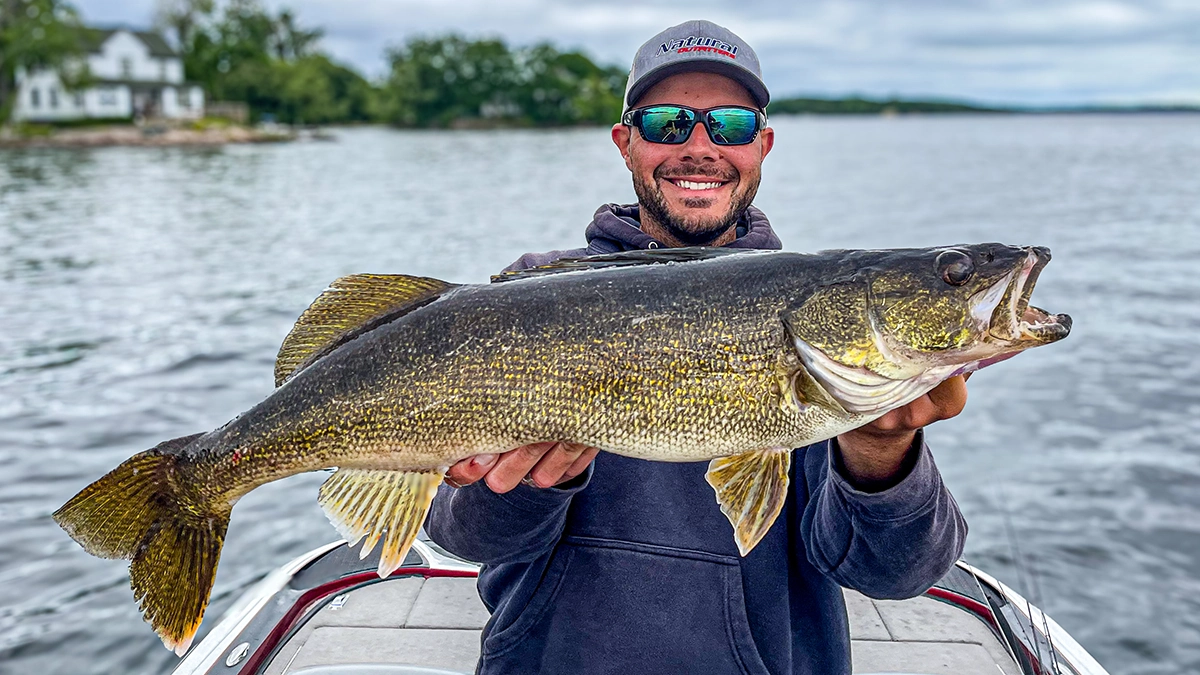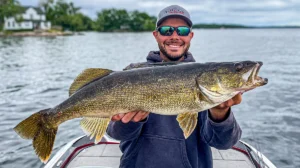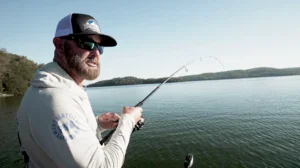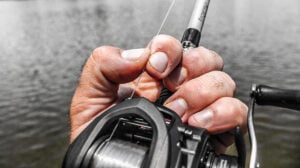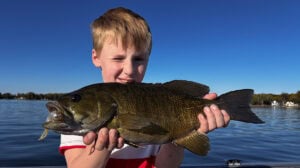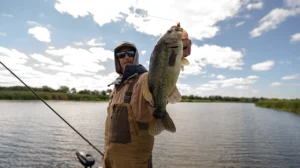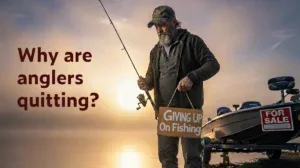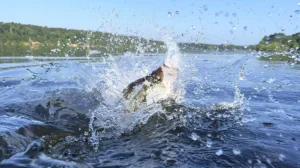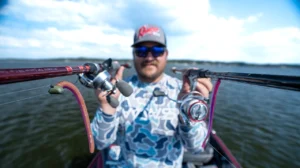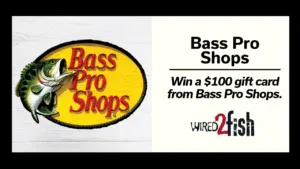When you watch fishing shows and major tournaments, or hear fishing chatter in the tackle shop, you’ve undoubtedly heard the words “transition zone.” It’s a term that’s thrown around a lot in the world of fishing, like everyone should know exactly what it means. When in reality, most anglers don’t understand what a transition zone really is. Even when I mention it to clients of mine that are longtime anglers, they still don’t understand it.
So what exactly is a transition zone? What makes them so special? Why do they hold so many fish? Why are we fishing this area as opposed to something else? These are the questions that I often get thrown at me whether I’m guiding, fishing with my buddies, or even around my local tackle shop. These are also the questions I’ll break down to help you better understand transition zones, as well as how to catch more fish in these hotspots.
What Is a Transition Zone?
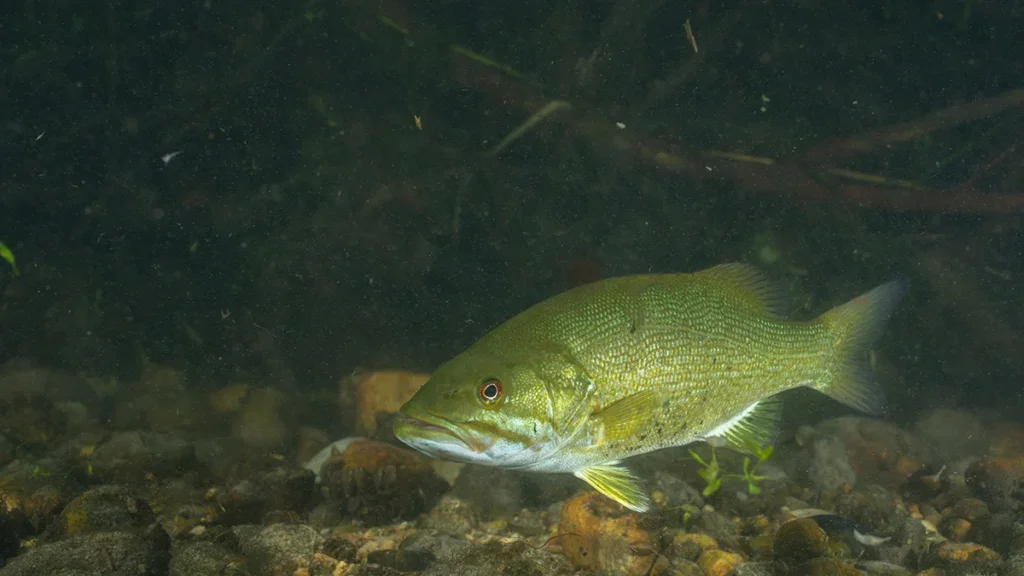
The word transition is defined as, “a period or phase in which such a change or shift is happening.” In the world of fishing, transition could mean a lot of things. Seasonal and dietary transitions are a few of the common ones, but when anglers are talking about a “transition zone,” it’s the bottom structure.
In fishing, these zones are typically described as areas with structural bottom changes that alter the course of a fish’s path. For example, when a rock reef meets a sand patch, that’s a transition zone. When a weed flat meets an open, muddy bottom, that’s a transition zone. When the edge of a shipwreck meets the sandy open ocean floor, that’s a transition zone. These are areas where two different structures meet to form an area fish can travel, rest and feed. These areas are often forgotten. But when you find one, they can be truly magical.
How Do Fish Use Transition Areas?
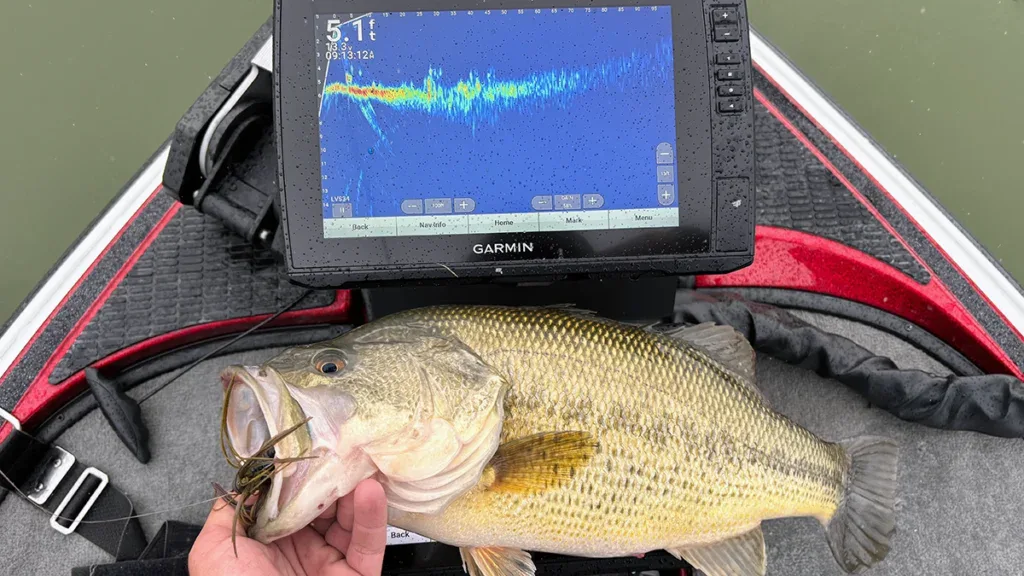
There are different ways fish use these transitional areas throughout the seasons, but here’s what to really pay attention to. Common ways that fish use transitions throughout the year:
Traveling
I often call transitions in bottom compositions “fish highways.” When you travel from lake to lake, or get back home from a day’s fishing, what do you usually travel on? Yes, a highway. You travel on a specific road to get from Point A to Point B. Surprisingly enough, fish do the same thing. While they may not have the I-90 to travel across the lake, they have transitional areas that bring them to certain places. Whether it’s a feeding area, wintering hole, or shallow spot to spawn, fish are always on the move. They use transition areas to make those moves.
Feeding
All aquatic creatures use transitions. Whether big, small or even crustaceans, everything uses these bottom structured transition zones to move around. Oftentimes predatory fish, especially bass and walleyes, will cruise these edges looking for an easy meal. Usually, one of these edges leads to a much more open space. Whenever a crayfish, baitfish or some other prey item enters that open, vulnerable spot, there’s usually a hungry predator waiting to snatch it up.
Resting and Spawning
Fish also use these areas to rest. Whether it’s going to and from spawning, summer or winter staging areas, or up shallow in the spring to feed, fish need a place to rest and stage. For example, you might pull up to a rock-and-sand transition in the middle of Lake Ontario and see a bunch of smallmouth just laying on the bottom. They won’t touch a thing you throw in front of them. Odds are they are staging along the rock edge to rest out of current. That transition provides a break for them.
Spawning is also an event that occurs in transition zones. This is bigger for bass and sunfish species which generally need some sort of structure to make a nest. Especially near hard substrate transition areas, bass and bluegills will have colonies of nests clumped together around hard rock edges. You wouldn’t think fish would spawn in an open area like this, but fish sometimes spawn in out of the way places to keep their eggs safe.
Best Transitions To Find Fish
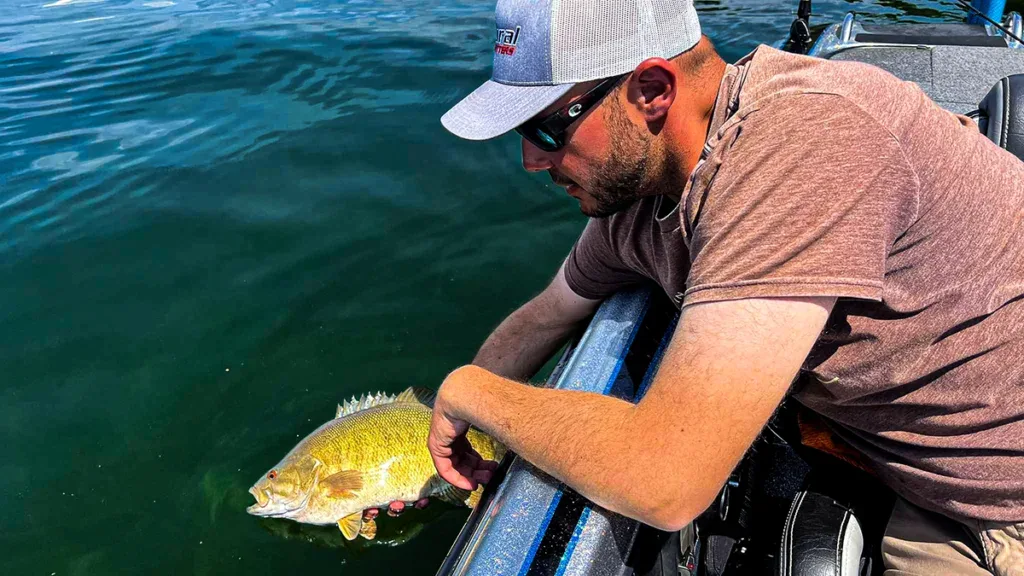
A transition can be made up of a variety of different bottom and structure types. Surprisingly, the bottom doesn’t have to have any sort of structure to be considered a transition. Here are a few of my favorites to look for when I’m on the water.
Hard Structure To Sand or Mud
This is often the most common type of transition area that you’ll find in many different water bodies. It creates the most visible edge, whether you’re looking at it in the water or on your electronics. There is a very distinct line between the rock reef, ledge rock, shell bed, or gravel patch and the hard, sandy bottom that it’s connected to. This is a perfect spot for predators to ambush their prey, as well as provide spots for the prey to hide.
Weedlines to Hard Structure
When fishing a weedline, understanding the edge of the vegetation and hard structure on the opposite side can make or break a day of fishing. This is normally a feeding scenario where predators will lay within the weeds waiting to ambush prey when it comes close to the edge, or predators cruising the outside edge waiting for prey to pop out of the vegetation. It’s a great feeding approach for many gamefish species.
Sand To Mud
For all my Great Lakes and Lake St. Claire bass and walleye anglers, this is the transition that you look for all spring and fall for bass and walleyes. Now, you wouldn’t think fish would relate to bare open bottom, but especially in wind-driven-current lakes, this can play a huge role. When wind comes into play, it creates rolls on the bottom like you would see walking the beach. These little depressions are what holds fish, as many lay within the depressions looking for an easy meal. When those depression areas align with muddy bottoms, it creates a great staging and feeding area.
What Baits Work Best on Transitions?
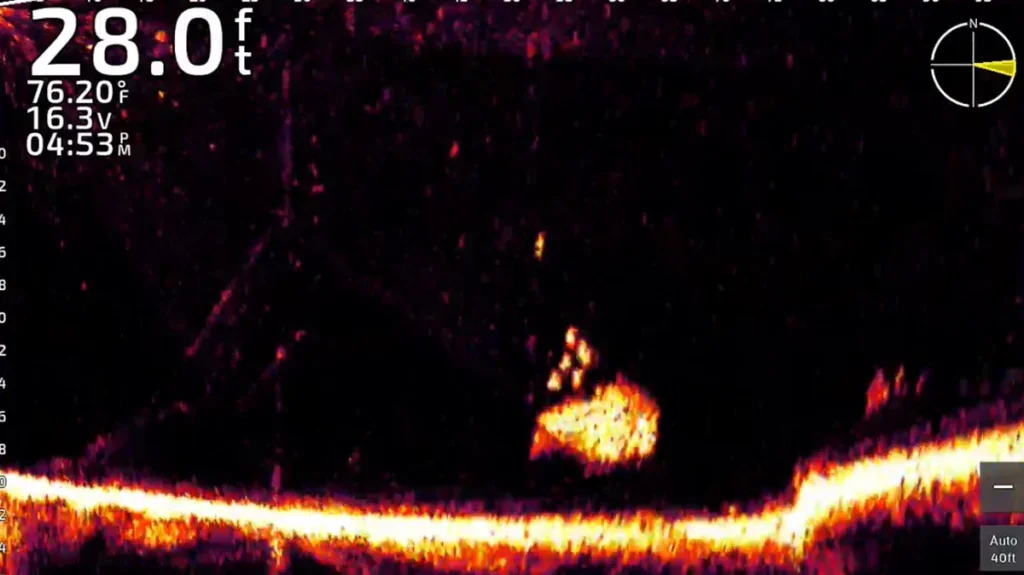
Generally, there’s two main directions on bait selection you can take. A horizontal approach or dragging the bottom. All of this depends on what shows on 2D and side scanning sonar when going over the transition zone. If I see fish sitting suspended around bait within the transition, then I’ll go with a horizontal bait choice. If there are fish glued to the bottom, especially in clear water, then I’ll bounce bottom.
When it comes to horizontal moving baits, I generally stick to three kinds of baits. A chatterbait, a mid- to deep-diving crankbait, and a jerkbait. All three baits are choices that I can quickly cover water with to trigger fish into biting. The Z-Man Evergreen Jack Hammer is always tied on as it’s a true fish catcher. It can be burned on top, reeled at a steady pace mid depth or slow rolled to fish just above the bottom. The same goes for the Rapala DT Series of crankbaits. There is a crankbait model in the line up that will be great from zero to 20 feet down and you can cover a lot of water with them. Lastly, a Rapala X-Rap has an erratic darting action that draws suspended and deep fish up out of curiosity, making it a great search bait along transitions.
When fish are lying close or along the bottom, you can never go wrong with a dropshot, a small swimbait, or a football jig. These are three baits that I have tied on all season to fish along either deep or shallow transition zones. Depending upon the depth of water and how deep the fish are sitting will determine the length of the dropshot between the sinker and the hook. If fish are sitting higher off the bottom, use a longer leader and vice versa.
A Keitech 2.8 Fat Swing Impact works perfect for slowly creeping along the bottom looking like a baitfish of some sort, always peaking the curiosity of predatory fish. Don’t forget a football jig to imitate a crayfish or goby. My go to is a Beast Coast O.W. Sniper Jig with a Z-Man Finesse TRD on the back of it. Even with no action on the trailer, it entices bites from pressured fish.
Overall, transitions can often be overlooked by most anglers. They aren’t the easiest to see with the naked eye or on your electronics. But with a little map study, and paying attention to your electronics, you’ll figure out those subtle spots in no time. Transition zones hold fish throughout the year, but it’s only through trial and error will you figure out each zone’s best time of the year.
